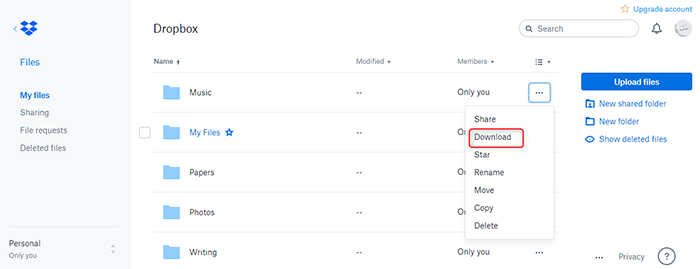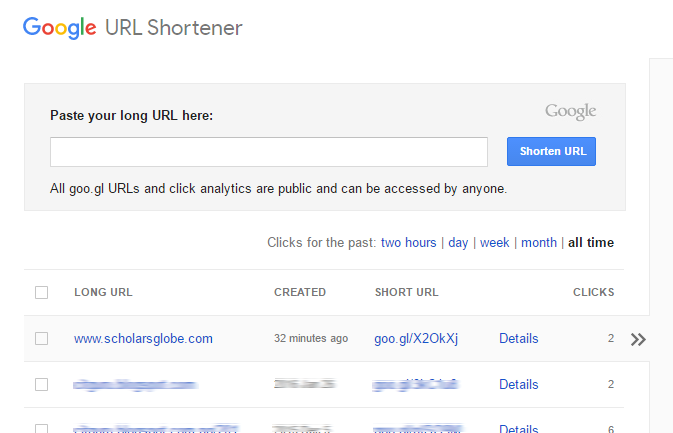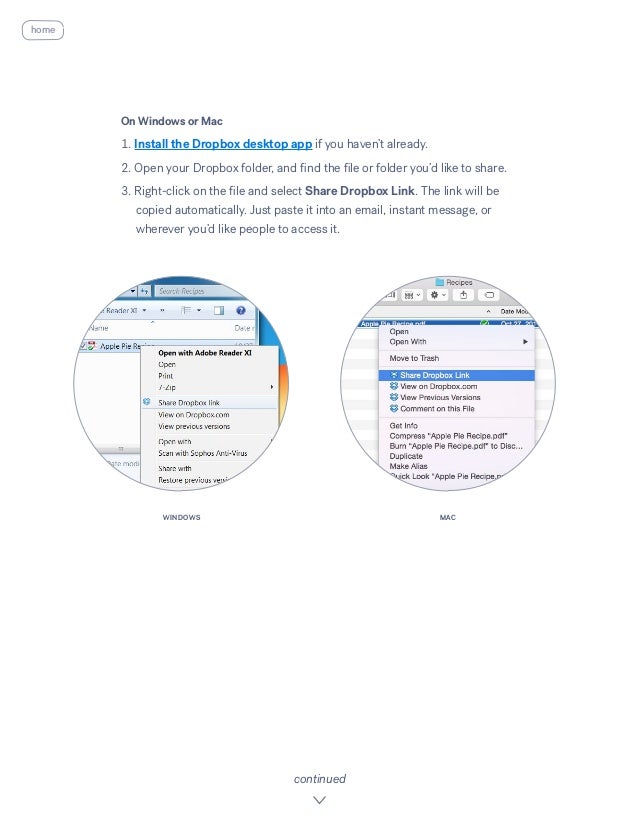
In your panic, you realize that your phone was logged in to Dropbox-which, besides some embarrassing selfies, has sensitive info that you wouldn't want anyone to get their hands on.ĭon't panic. You wake up on a Saturday morning and realize that you left your phone in a cab last night (we've all been there). Remotely delete your files on stolen devices

Everything else will stay online, where you can still view and comment on it.Įither way, you'll get a list of the older versions of your file, where you can restore the correct version in a click.įor example, if you shared your resume via Dropbox link, but noticed a typo, you could restore an earlier version even after hitting send your potential new employer will see the corrected document, not the one you sent at first.ĭropbox saves changes to your files for 30 days for free accounts Dropbox Professional and Business accounts can access 180 days of history. There, you can select the folders and files you want to sync to your computer. Just open your Dropbox preferences, select the Account tab, then click the Change Settings … button beside the Selective Sync entry.

If you need some extra space, you can use Dropbox's Selective Sync to store only your most important files on your computer. With online previews and Office file editing online, you might find that you need fewer of your Dropbox files actually stored on your computer. Plus, as you work on the file together in Dropbox, the online preview will update so everyone always sees the latest version. It's an easy way to keep the conversation about your files in the same place, so nothing gets lost. They'll get a notification in Dropbox or their email inbox, and you'll see the comments appear in real-time as they're added. Type out your comments, and add your colleagues' names with an symbol to mention them in a comment. Select any file, or open it in the preview tool to see the sidebar with the comments. I wrote a blog post on this that goes over the script in detail as well.You can find this feature on the web and mobile version of Dropbox, and in the desktop app (not your system file browser, the actual Dropbox app). `/usr/bin/gsutil -m cp "gs://my_access_logs/FusionAuthAccesssLog_usage_*" #").each do |l|įile.open(output_file, "w", :encoding => "UTF-8") do |f|


I used Ruby and here's the meat of my script: #!/usr/bin/env ruby You need to enable access logs and then write some scriptage to download and parse the access logs. This question is pretty old, but I thought I would share my solution in case anyone is looking for a solution still.


 0 kommentar(er)
0 kommentar(er)
